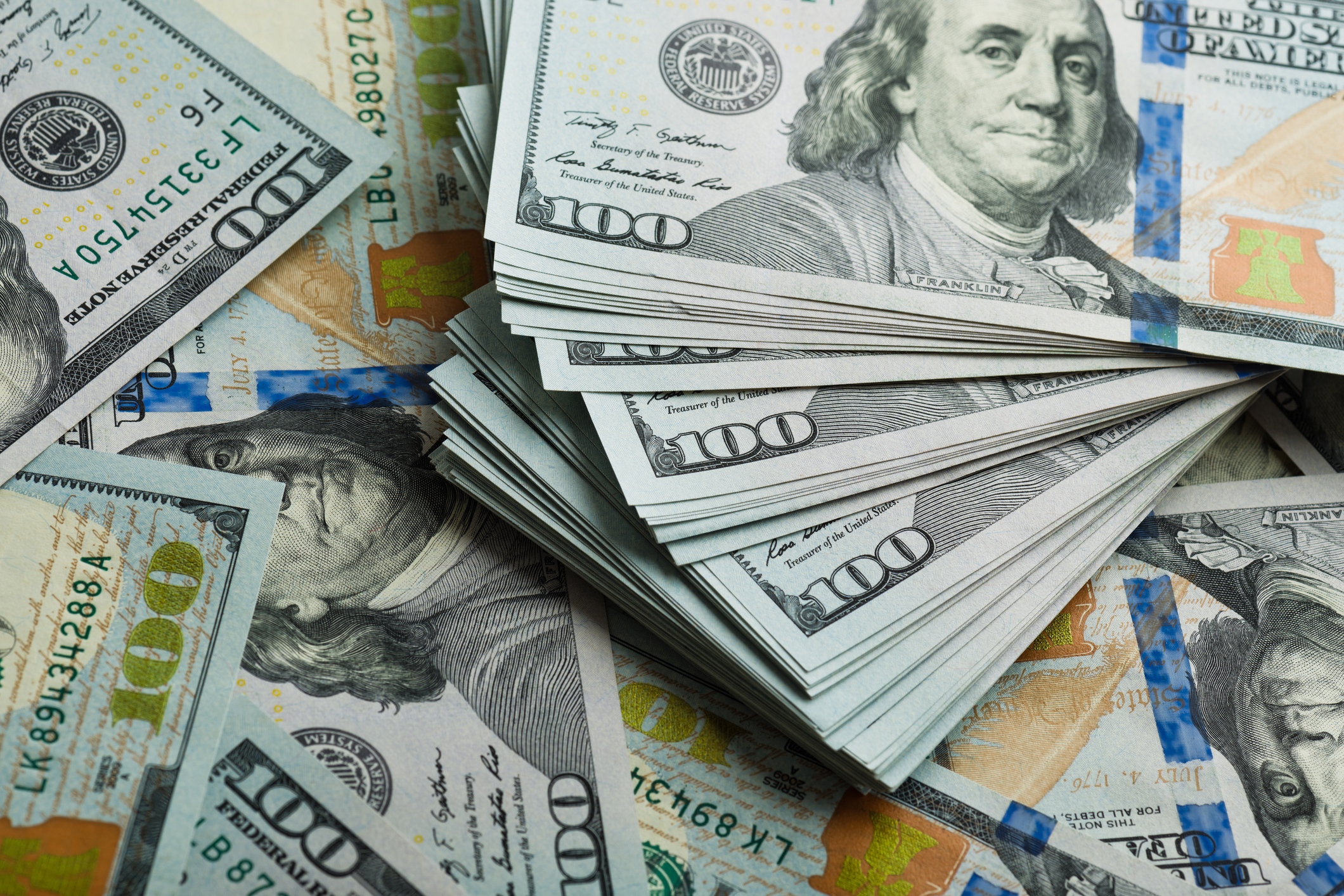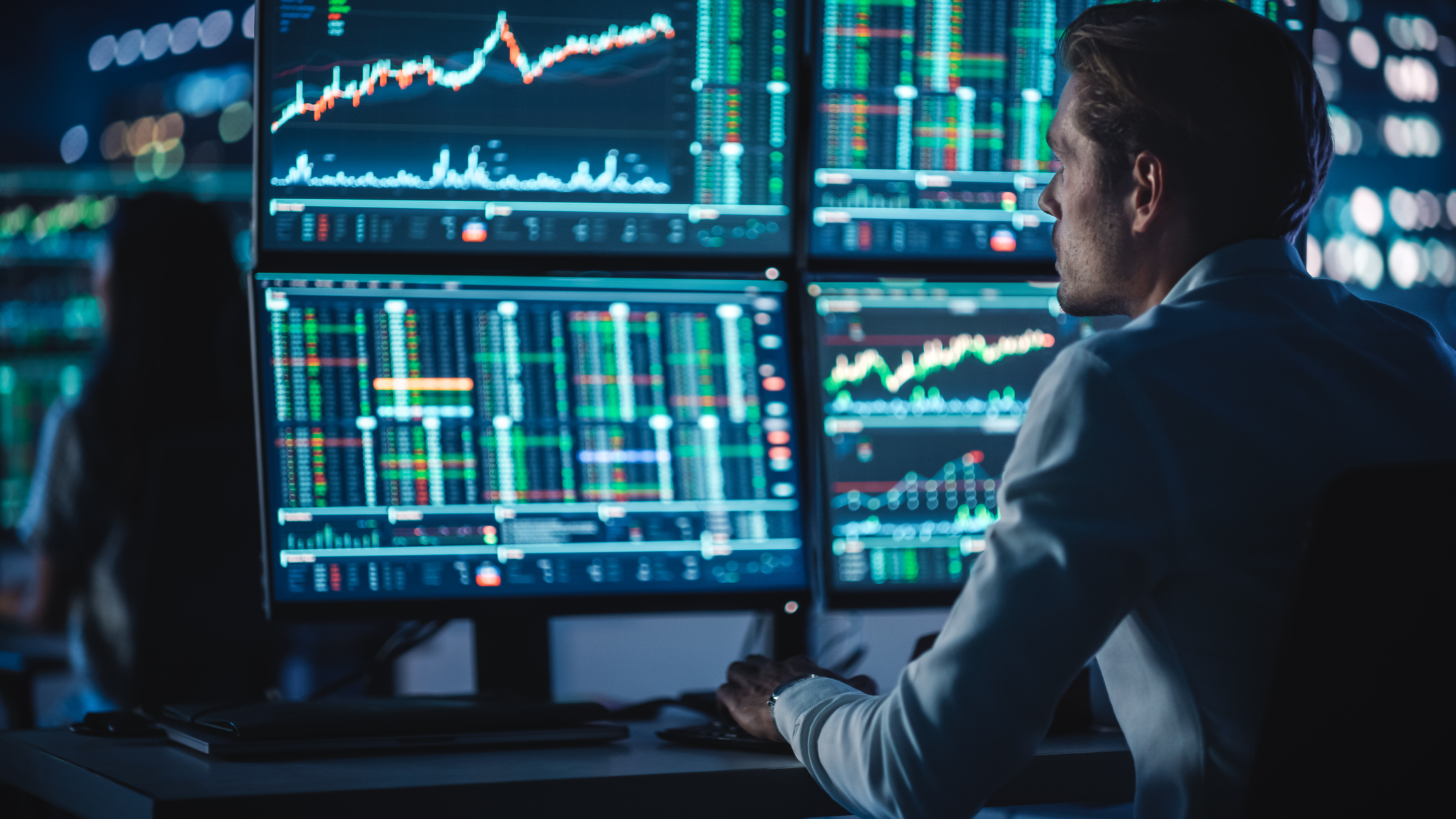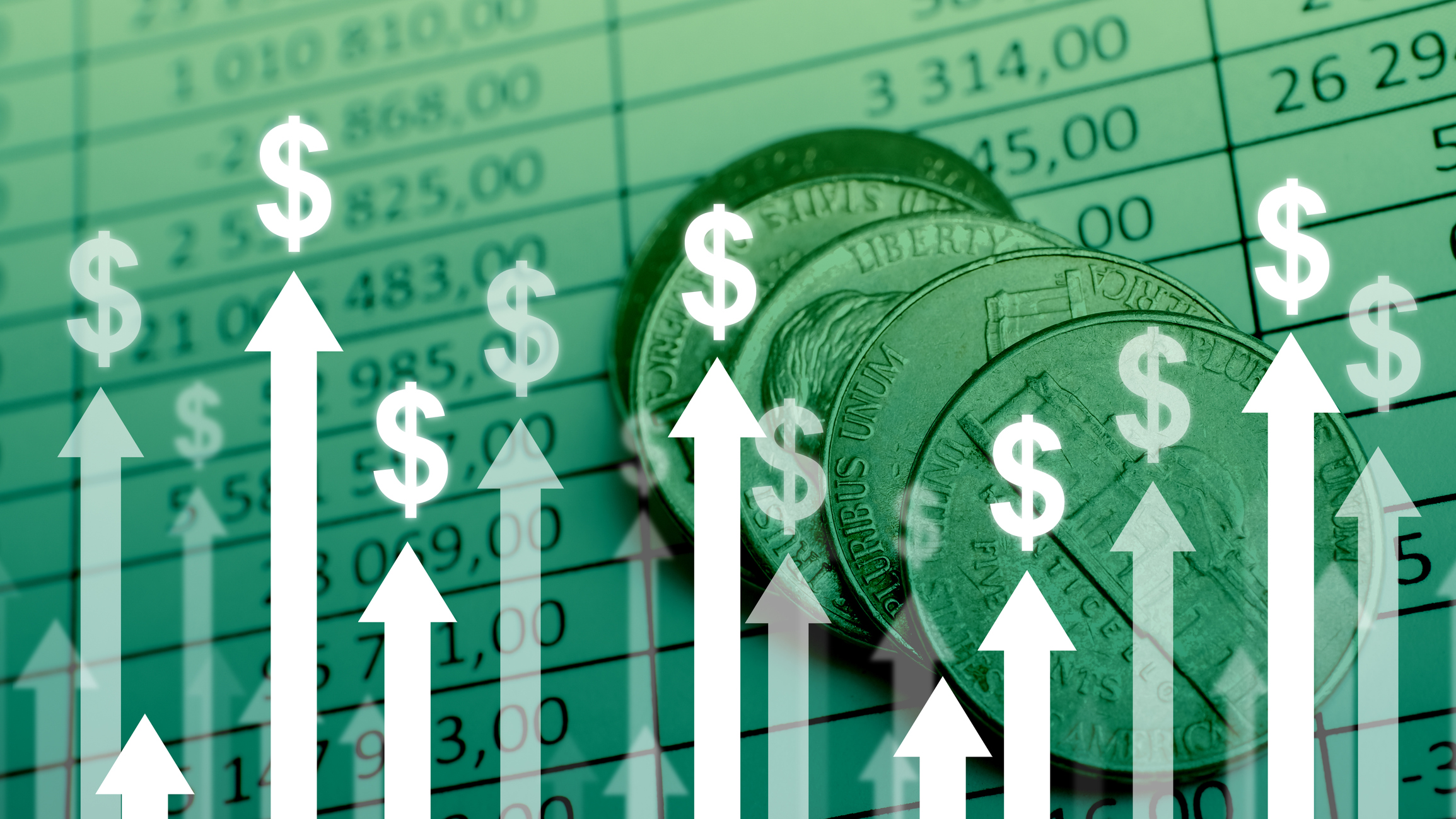The specific term “hyperinflation” refers to an extreme economic condition where a country experiences rapid, uncontrollable price increases that result in a dramatic devaluation of its currency. Individuals and businesses find it impossible to keep up with the rising costs of goods and services.
Hyperinflation typically results when a government prints large amounts of money to pay its debts. The resulting flood of additional money injected into the economy overwhelms the market and leads to skyrocketing prices.
Hyperinflation can be devastating to an economy, leading to a breakdown in the social and political order. It's not a common event, but hyperinflation has indeed happened throughout history in various countries. It can also happen again, despite the best efforts of lawmakers and central banks to keep inflationary forces under control.
Why hyperinflation is important
Hyperinflation can disrupt an economy in many ways. When prices rise too quickly, businesses can fail and shut down, leading to job losses and a slowdown in economic growth. The devaluation of the currency makes it harder for individuals and businesses to pay off debt denominated in a more stable currency, although debts in the inflating currency suddenly become less of a burden. The purchasing power of the money in your pocket goes down, and citizens see a lower standard of living.
Extreme inflation can cause a cascading effect that can spiral out of control. Rising costs are passed down from one entity to another as everyone tries to avoid taking the brunt of the damage. Landlords demand higher rents from homeowners and local businesses. Restaurants facing higher prices update menus with higher prices. This phenomenon is known as the "staircase effect," where prices jump from one level to the next, like climbing a staircase. Hyperinflation can be incredibly difficult to reverse, and the financial consequences are often brutal to the people and businesses at many different levels of the staircase.
As prices rise, businesses need to increase their prices to cover their costs, which leads to higher wages, as workers demand higher salaries to keep up with the rising cost of living. But higher wages can increase the cost of goods and services, leading to even more inflation. The staircase is also a vicious cycle that can be difficult to break.
What to do in the event of hyperinflation
While true hyperinflation is quite rare, it's still important to be prepared in case it does happen. If you're concerned about the potential for hyperinflation, there are steps you can take to help protect your finances.
- One essential step is to diversify your investments. Putting your money to work in several different asset classes, such as stocks, bonds, real estate, cryptocurrencies, and precious metals, can reduce your exposure to risk in any specific part of the market. In fact, this is a good starting point for investors in any economic climate -- diversification is an important part of any serious investor’s toolkit.
- Another strategy is to hold assets that have a history of holding their value during periods of strong inflation, such as commodities like gold or silver. Some may argue that security-focused cryptocurrencies like Bitcoin (BTC -3.59%) can play this part, while other investors feel that any crypto is too volatile to serve as a safe haven.
- Furthermore, maintaining a healthy cash position can be useful during times of hyperinflation. This can help you cover your expenses during a period of rising prices and give you the flexibility to take advantage of investment opportunities that may arise. However, this idea is more useful for periods of moderate inflation than for a serious hyperinflation crisis. You’ll be spending that money while its real-world value is falling quickly. A large cash cushion can lose air very fast in an economy suffering from hyperinflation.
- Finally, it's important to stay informed about economic trends and indicators so you can be prepared for any inflationary challenges headed your way.
Related investing topics



















